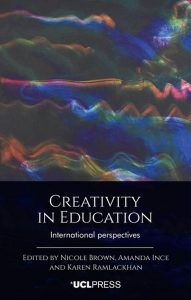
Creativity in Education: International Perspectives
Creativity has become a buzzword across all disciplines in education and across all phases, from early years through to tertiary education. Although the meaning of creativity can change vastly depending on the global educational setting, it is impossible to ignore the applicability and relevance of creativity as an educational tool, philosophical framework and pedagogical approach.
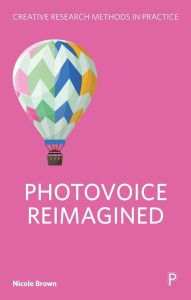
Book: Photovoice Reimagined
"Photovoice Reimagined" introduces photovoice as a method and photovoice as a framework to enable a more participatory approach to research.
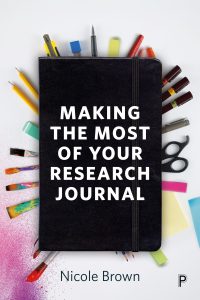
Author talk: Making the most of your research journal
As part of the fabulous Phd Life Raft symposium organised by the magnificent Dr Emma Brodzinski, I was invited to an author talk about my book Making the Most of Your Research Journal. It was a great pleasure to oblige, and I thoroughly enjoyed that exciting experience.
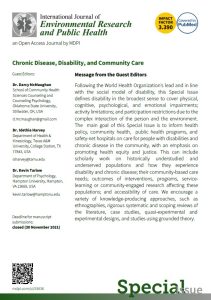
Article: The social course of fibromyalgia: resisting processes of marginalisation
This article reports an empirical study into the lived experience of fibromyalgia, which led to the identificiation of four forms of resistance against processes of marginalisation amongst those who have been diagnosed with fibromyalgia.
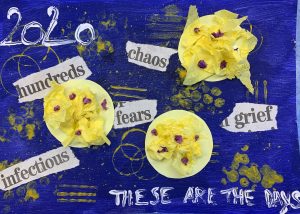
Creative output: “Just one more time…”
This is an excerpt of "Just one more time...", a fictionalised account of real-life experiences during the first year of the COVID19 pandemic.

Article: Systematic Visuo-Textual Analysis
This article presents the Systematic Visuo-Textual Analysis, a framework combining visual and textual data in a systematic, analytical approach.

Book: Making the most of your research journal
"Making the most of your research journal" offers guidance and additional resources to make research journaling effective.

Article: Exploring experiences of ableism in academia
This article presents disabled academics' experiences and collective understandings of ableism as constructed through normalisation and able-bodiedness.
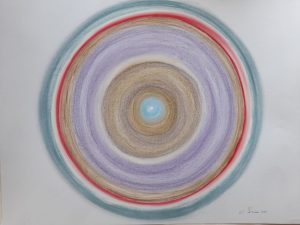
Creative output: Participatory research: Full ethical approval
This poem about full ethical approval is the outcome of poetic inquiry and analysis within Embodied Inquiry from my research with academics.
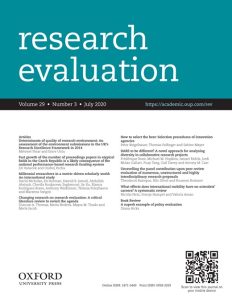
Article: Researcher experiences in practice-based interdisciplinary research
This article discusses researchers' experiences of interdisciplinary research to maximize the benefits of interdisciplinary research.
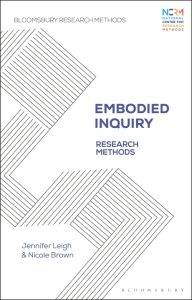
Book: Embodied Inquiry: Research Methods
Accounting for the interdisciplinary nature of the field, this book has been written to be a concise primer into Embodied Inquiry for research students, scholars and practitioners alike.

Article: Making sense of cultural bumps – Supporting GTAs with teaching
This article reports on a study with over 100 Graduate Teaching Assistants exploring experiences of ‘cultural bumps’ at a UK University.
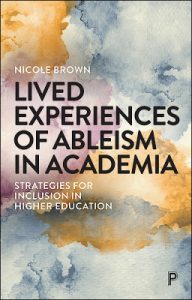
Book: Lived Experiences of Ableism in Academia
Deeply embedded in personal experiences, this perceptive book provides examples for universities to develop inclusive practices, accessible working and learning conditions and a less ableist environment.
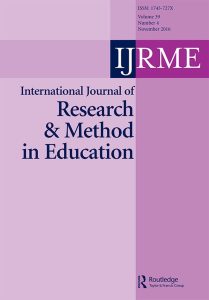
Article: Scope and continuum of participatory research
In this article, I draw on three case studies to explore the relationship between participatory and creative research methods.

Creative output: This is just to say
This is an example of an ethnographic poem, the output of poetic inquiry and analysis within Embodied Inquiry from my research with academics.
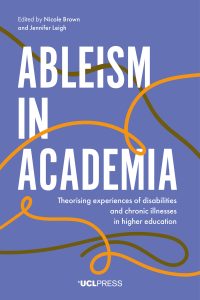
Book: Ableism in Academia
The book "Ableism in Academia" provides an interdisciplinary outlook on ableism that is currently missing. Through reporting research data and exploring personal experiences, the contributors theorise and conceptualise what it means to be/work outside the stereotypical norm.